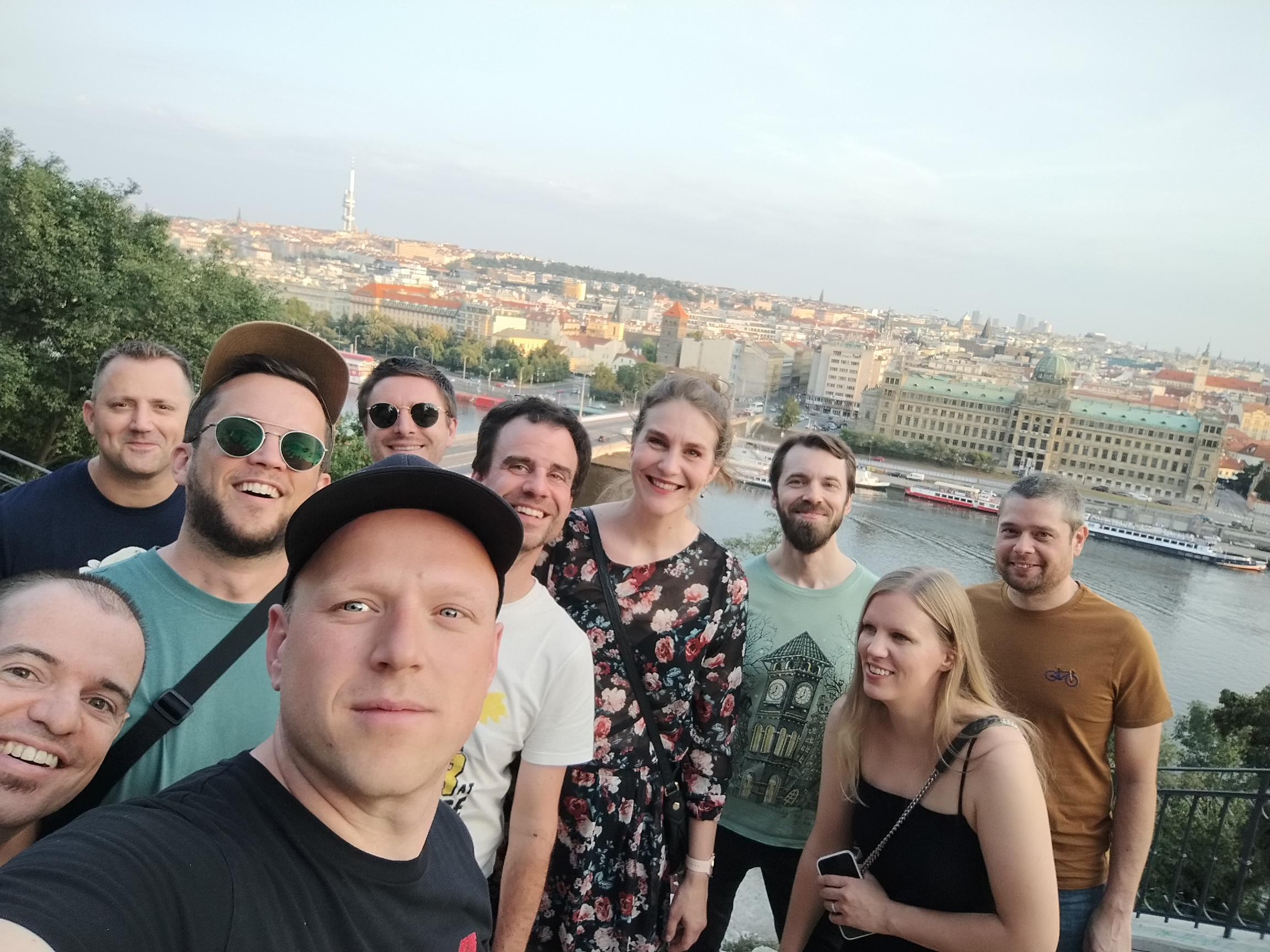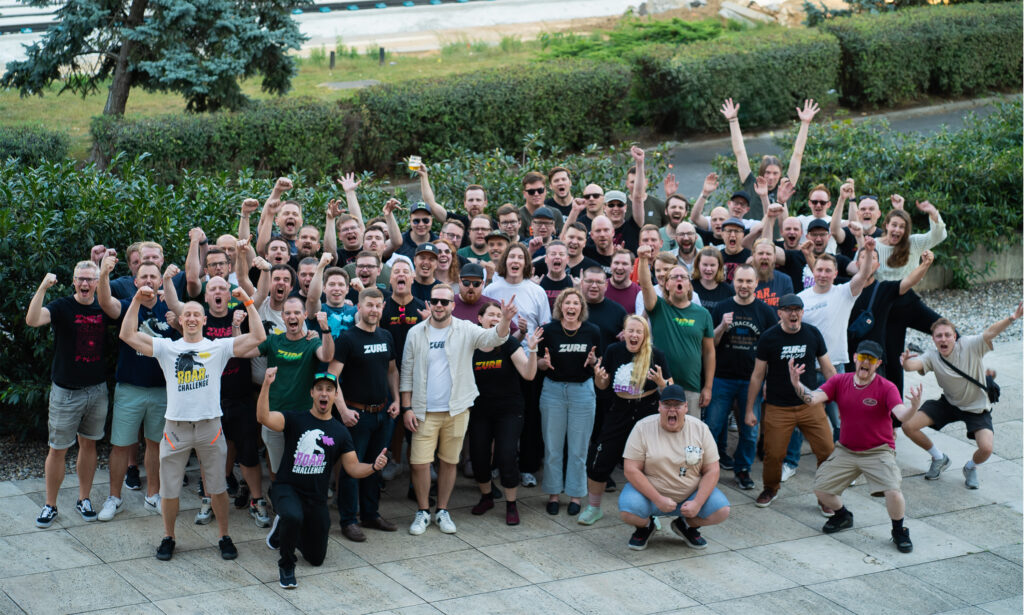- Blog
#People
Meet Maisa – our Azure Data Engineer
- 10/10/2024
Reading time 3 minutes

My 4-year-old daughter loves watching older ballet students train after her dance class. One day, she noticed a boy in the class and looked at me, confused – “Boys can’t do ballet, can they?” A few weeks later, she decided to drop ballet and take up football, following in her older brother’s footsteps. After we signed her up, she asked, puzzled again, “Girls can’t play football, can they?”
This made me wonder: where do these stereotypes come from? Even young children start forming these ideas if they don’t see diversity in the activities around them. When children only see girls in ballet or boys in football, it reinforces limiting beliefs. Tech faces a similar issue, especially looking back a few decades. I recently saw a clip from the ’80s where a tech student confidently stated that “women would never need computers”. When the image of a programmer is male, young women might not even consider a career in IT. For a long time, I held a stereotypical image of a coder and couldn’t see myself fitting in. Even now, I sometimes wonder if I’m the “right kind” of software developer.

Interest in technology can look very different for everyone. I still don’t know much about computer hardware, but I love problem-solving and find it incredibly satisfying to solve problems with technology. My old idea of a coder sitting alone in a basement didn’t account for the teamwork involved in software development. Communication and collaboration often matter even more than the lines of code. To build solutions that serve diverse users, we need different perspectives in our teams. This has historically been a problem in designing car seats or testing the correct amount of medicine. If the world is built for one gender, half of the population gets neglected. And it’s totally understandable, as one has a very limited view of reality, it’s the way our brains are built. Working in a diverse team gives the possibility to widen and enrich that view. Studies also show that diverse teams are more productive and the end result most likely reaches a bigger audience.
Building an inclusive culture isn’t just about boosting gender diversity; it’s essential for creating better, more user-centered products. When tech companies actively share diverse career stories and broaden the image of what a tech professional looks like, they open doors for future talent and drive more innovative solutions. By diversifying tech roles and showing that there’s no single path to success, we lay the groundwork for a tech future that serves everyone more effectively. In doing so, we encourage more voices to join the field – ultimately shaping technology that better reflects and benefits all of us.
In 2023, 29.2% of new students in ICT were women, a significant increase from 15.9% in 2013. While this is promising progress, my experience shows that women are still underrepresented in custom software development. The narrative of what it means to be a developer needs to evolve.
To that tech student in the ’80s, I’d say: not only do women need computers, but many are also excited about technology and are making incredible contributions to the field.

Our newsletters contain stuff our crew is interested in: the articles we read, Azure news, Zure job opportunities, and so forth.
Please let us know what kind of content you are most interested about. Thank you!